Medieval World: Culture & Conflict picks up where its sister magazines – Ancient Warfare and Ancient History – leave off. The publication features the rich history and material culture of the Middle Ages – broadly conceived geographically and temporally – expanding on the contents of the popular Medieval Warfare magazine. Through well-researched and lavishly illustrated articles, this accessible publication brings to light cultural activities in local and global contexts, historical figures and events, as well as political, religious, economic, and artistic facets of the Middle Ages..
Medieval World Culture & Conflict Magazine
Editorial
Viking horses crossed the Baltic for sacrifices
Notre-Dame de Paris & Mona Lisa in LEGO
Restored medieval document details travels in Asia
Franciscan breviary digitized
Medieval game pieces discovered in Germany
Ninth-century church room recreated in Viking Town of Ribe
Catapult stones found at Kenilworth Castle
Restoration reveals glory of Lorenzetti's medieval Crucifix
ON THE COVER
SAINT BASIL'S CATHEDRAL • Saint Basil's Cathedral (or the Cathedral of Basil the Blessed) was built in Moscow's historic Red Square – the epicenter of Russian life and culture – between 1554 and 1561. Designed as a commemorative monument to the victories of the Russo-Kazan Wars of 1552, the cathedral also served as a dramatic backdrop for the ceremonials that marked the expansion of the Muscovite state under Ivan IV “the Terrible” (r. Grand Prince of Moscow 1533–1547; Tsar 1547–1584). In essence, this building is a monument to the ideology of the Russian Tsardom and the Russian Orthodox Church.
A WEIGHTY MATTER • The popular image of the medieval knight, clad from head to toe in shining armour, is that his steel skin was cumbersome, making it difficult to move and almost impossible to get back up if knocked down. This image could not be further from the truth.
THE BATTLE THAT NEVER WAS • For centuries, the supposed naval victory of Punta Salvore against an Imperial fleet in 1177 constituted a cornerstone of Venetian political identity. According to the lagoon dweller's own historical record, they captured the emperor's son in this battle, brokered peace between the two universal powers, and were rewarded hegemony over the Adriatic by the Pope. Except that none of this happened.
The Imperial fleet
FAMOUS 1492 • There are some years that are turning points in world history, and 1492 is one of them. It marked a time of cultural developments and conflicts, religious turmoil, as well as exploration and discovery. At this time, the Iberian Peninsula was completing its Reconquista, advanced in the Inquisition, and set out to discover and connect the world. These noteworthy transformations of the last decade of the fifteenth century contributed to the formation of the Spanish Empire.
Spheres of control: The Treaty of Tordesillas
OUR HEARTS MELTED AND TURNED TO WATER • The German-American rabbi Joachim Prinz (1902–1988) was once taken into a room filled with Jewish artefacts. For some reason, a vase that betrayed no Jewish pedigree of any kind was given a place of prominence, and Prinz was confused. He soon discovered that it could be opened, and hidden inside were miniature versions of many ritual objects. “This is a replica of a vase found in the home of a Spanish Marrano,” Prinz was told. The story of the need for an item like this – and of those people who became known as conversos and Marranos - is the story of 1492, the year the Sephardim, or Jews of Spain, were expelled from the country.
THE GRANADA WAR • The Granada War of the late fifteenth century saw dramatic clashes between the infantry of the emerging Spanish Tercios and the Muslim armies of the Nasrid Kingdom of Granada – the last Arab...
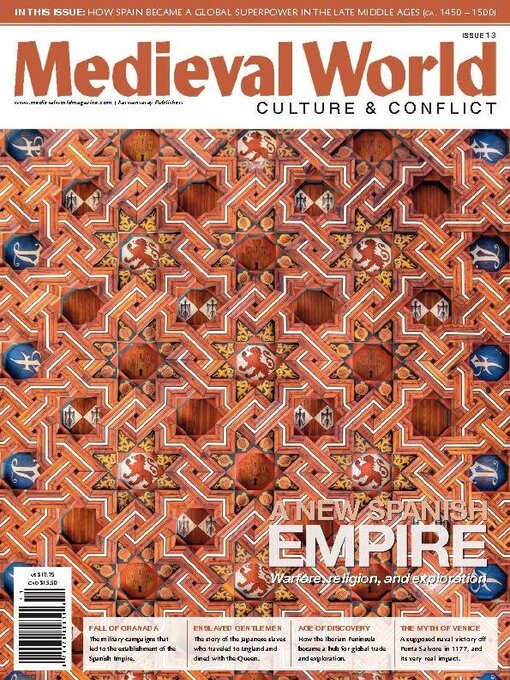
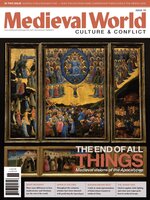 Issue 19 - 2025
Issue 19 - 2025
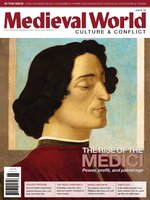 Issue 18 - 2025
Issue 18 - 2025
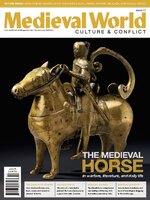 Issue 17 - 2025
Issue 17 - 2025
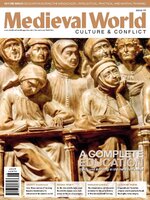 Issue 16 - 2025
Issue 16 - 2025
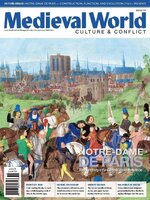 Issue 15 - 2024
Issue 15 - 2024
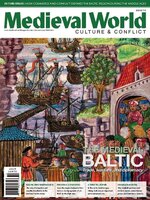 Issue 14 - 2024
Issue 14 - 2024
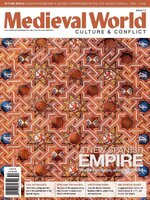 Issue 13 - 2024
Issue 13 - 2024
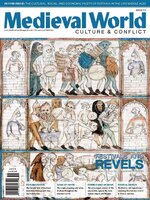 Issue 12 - 2024
Issue 12 - 2024
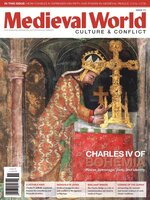 Issue 11 - 2024
Issue 11 - 2024
 Issue 10 - 2024
Issue 10 - 2024
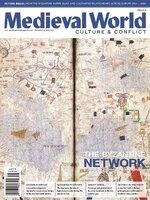 Issue 9 - 2023
Issue 9 - 2023
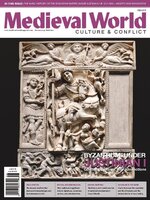 Issue 8 - 2023
Issue 8 - 2023
 Issue 7 - 2023
Issue 7 - 2023
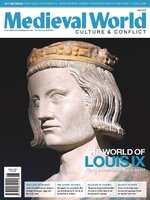 Issue 6 - 2023
Issue 6 - 2023
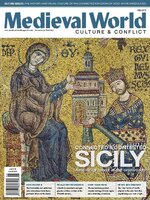 Issue 5 - 2023
Issue 5 - 2023
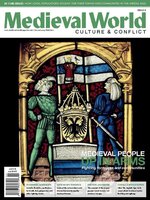 Issue 4 - 2022
Issue 4 - 2022